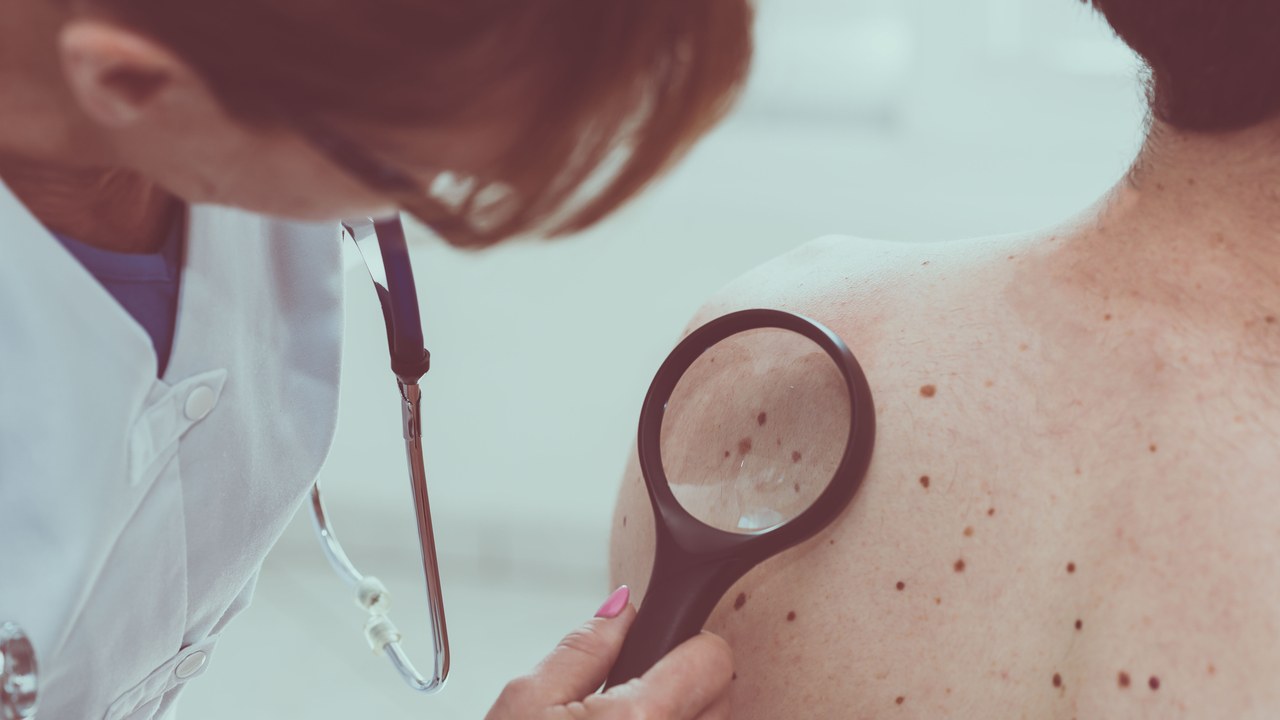The seasonal affective disorder is often known as SAD. Seasonal affective disorder (SAD) is a type of depression caused by a change in seasons, most commonly when winter arrives. This type of seasonal depression increases in the winter before ending in the spring. Some people may experience the winter blues, a mild version of SAD. You may be locked indoors, and it’ll get dark early.
The symptoms normally appear during the fall and winter months, when there is less sunlight, then improve once spring comes. Some people suffer from SAD during the summer is rare.
The symptoms can be stressful and overpowering, and they can make your daily work difficult. In the winter, shorter daylight hours and less sunlight have a link to a metabolic imbalance in the brain. People’s biological internal clocks, or circadian rhythms, alter when the seasons change causing them to be out of rhythm with their daily schedule. SAD is more common in people who live far from the area, where there are fewer daylight hours in the winter.
Bipolar Disorder And Seasonal Changes
The seasonal affective disorder is more common in people with bipolar disorder. Mania episodes in certain patients with bipolar disorder may connect to a specific season. For example, spring and summer might bring on symptoms of mania or a mild type of mania (hypomania), worry, agitation, and impatience.
Causes of SAD:
A lack of sunlight may trigger sickness in people who are vulnerable to it. Here, some of the causes are:

- Deficiency of Vitamin D: Vitamin D also boosts serotonin levels. Less sunlight during the winter might result in a vitamin D shortage. Serotonin levels and mood may affect by these changes.
- Boost Melatonin: Melatonin is a hormone that regulates sleep cycles. Some people may produce too much melatonin due to a lack of sunshine. During the winter, they may feel lethargic and tired.
- Chemical imbalance in the brain: Neurotransmitters are brain molecules that communicate between nerves. Serotonin is one of these molecules. It leads to emotions of happiness. Serotonin activity may already decrease in people at risk of SAD. As sunshine helps in the regulation of serotonin, a lack of sunlight during the winter months can lead to more problems. Serotonin levels can decrease, even more, causing mood swings.
- Biological clock shift: A person’s biological clock changes as they get less sunshine. However, this biological clock regulates mood, sleep, and hormone levels. People may have difficulty regulating their moods when it changes.
- Negative thoughts about the winter: People with SAD regularly face tension, worry, and negative thoughts about the season.
Symptoms:
SAD common symptoms are fatigue and even with too much sleep. However, weight gain is associated with overeating and carbohydrate cravings. SAD symptoms range from mild to severe. However, it includes several symptoms that are similar to those of major depression, such as:
- Anxiety
- Irritability
- Sleeping more
- Craving
- Weight gain
- Lack of energy
- Inability to concentration
- Loss of pleasure
- Thoughts of death
- Feeling worthless
- Difficulty in making the decision
- Loss of interest in social activities
Diagnostic Criteria for Seasonal Affective Disorder:
If you suffer any of the following symptoms, your doctor may diagnose you with SAD:
- The signs and symptoms of severe depression.
- Depressive episodes occur more frequently during a season of the year than the rest of the year.
Seasonal Affective Disorder Treatment:
Consult any doctor about your seasonal disease treatment options, including:

- Phototherapy: Bright light therapy can use to cure SAD.
- CBT (cognitive behavioral therapy): CBT is a type of talk therapy that can use to treat SAD. According to studies, CBT has the longest-lasting effects of any treatment option.
- Spending time outside: Get more sunshine that can help relieve discomfort. Make a concerted effort to leave the house during the day. Also, increase the amount of light that enters your home or office.
- Medicine: Doctors may give antidepressant medication to treat depression or light therapy.
- Vitamin D: Taking a vitamin D supplement may help you feel better.
Prevention:
There is no known technique to prevent the seasonal affective disorder from developing. However, if you take steps to manage your symptoms early on, you may be able to keep them from worsening over time. Because you can predict when major changes in mood, appetite, and energy levels will occur, you may be able to prevent severe changes in mood, appetite, and energy levels. Treatment can help prevent consequences, especially if SAD is diagnosed and treated early on.
Some people find it beneficial to treat before the symptom onset in the fall or winter. Then to continue medication after the symptoms have disappeared. Others require continuous treatment to keep their symptoms from arriving back.















